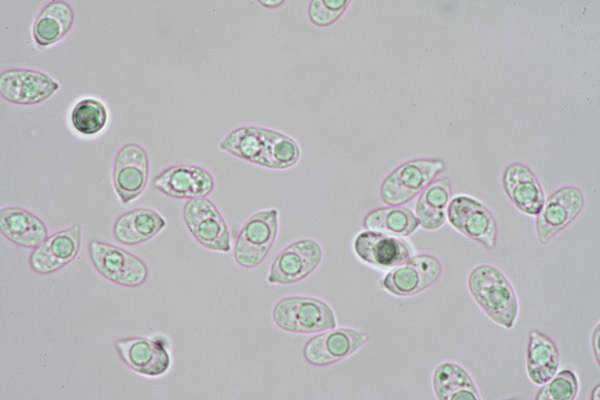Mycena aetites (Fr.) Quél. - Drab Bonnet
Phylum: Basidiomycota - Class: Agaricomycetes - Order: Agaricales - Family: Mycenaceae
Distribution - Taxonomic History - Etymology - Identification - Culinary Notes - Reference Sources
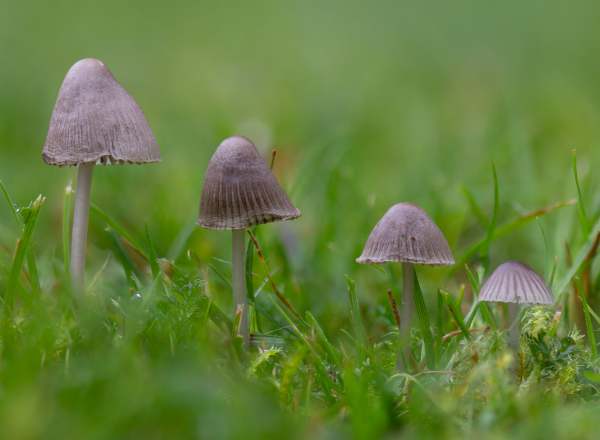
Some of the bonnet mushrooms, Mycena species, and beautiful as individuals - for example the Rosy Bonnet Mycena rosea; others grab attention because they fruit in impressive arrays, and Mycena inclinata is one of these. But there is a host of other bonnet mushrooms which, at best, are merely 'interesting' because they tend to occur in unusual habits, such as sprouting from twigs on standing trees. And then there are the dull ones, of which Mycena aetites is outstanding because of its extreme drabness - well named Drab Bonnet!
Distribution
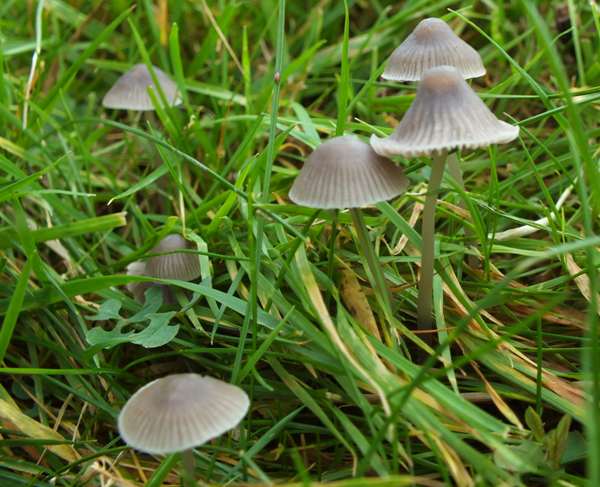
As you might expect from its English name, the Drab Bonnet is a dull little mushroom and easily missed; however, it is an occasional find throughout Britain and Ireland and could appear wherever cropped grassland is not treated with high doses of herbicides, insecticides or fertilisers. This species is widespread across northern and central mainland Europe, but in most countries it is far from common. Mycena aetites has not, as far as I know, been recorded in North America.
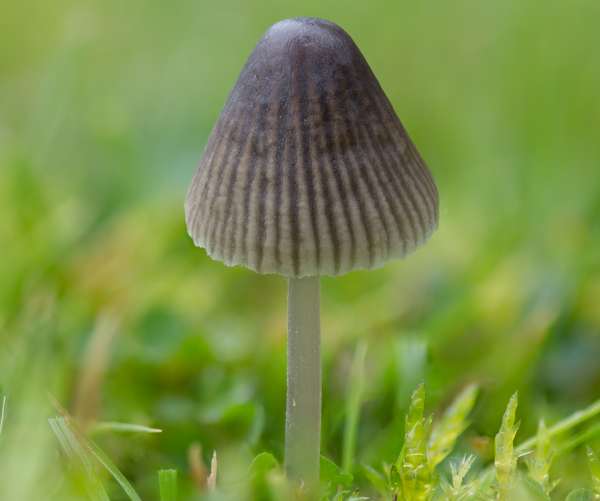
Taxonomic history
The basionym of this species was defined when, in 1838, the great Swedish mycologist Elias Magnus Fries described the Drab Bonnet and named it Agaricus aetites. Famous french mycologist Lucien Quélet transferred this species to its present genus Mycena in 1872, thereby establishing its currently accepted scientific name Mycena aetites.
Synonyms of Mycena aetites include Agaricus aetites Fr., Mycena umbellifera (Schaeff.) Quél., Agaricus consimilis Cooke, Mycena consimilis (Cooke) Sacc., and Mycena cinerea Massee & Crossl.
Etymology
The specific epithet aetites may refer to the aetites or aetite, a stone used to promote childbirth. It is also called an eagle-stone. Seen from above these little mushrooms could be mistaken for small stones, but probably not by an eagle!
Identification guide
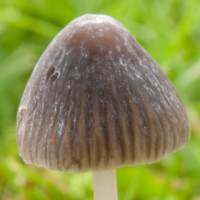 |
Cap0.5 to 2cm across; conical, becoming bell shaped and eventually broadly umbonate; smooth; striate when moist; dull grey-brown. |
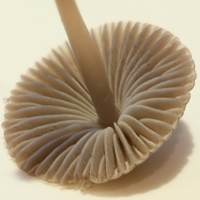 |
GillsAdnate with a decurrent tooth; grey with a whitish edge. Stem3 to 4.5cm long and 0.5 to 1mm in diameter; colour as the cap but slightly darker towards the base; no stem ring. |
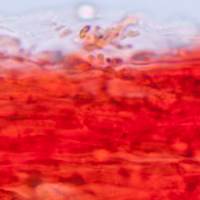 |
PileipellisHyphae of the pileipellis are 2-4.5µm in diameter, with simple or complexly branched cylindrical excrescences. Clamp connections present throughout. CystidiaCheilocystidia smooth, fusiform, up to 75µm long with finger-like extensions often at both ends. Pleurocystidia are abundant and similar in form to the cheilocystidia. |
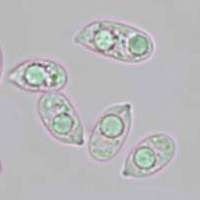 |
SporesPip-shaped, smooth, 9-10 x 5-5.5µm; amyloid. Spore printWhite. |
Odour/taste |
Odour faint, of bleach (ammonia) or of radish; taste not distinctive. |
Habitat & Ecological role |
Saprobic, in grassy leaf litter and in short grass, often in mossy lawns where waxcaps also appear. |
Season |
June to November in Britain and Ireland. |
Similar species |
There are many other smallish, bell-shaped fungi in the Mycena genus and they are difficult and sometimes impossible to identify without microscopic examination; however, the diminutive size, grassland habitat and drab colouring of Mycena aetites at least help separate it from most of the larger wood-rotting bonnet mushrooms. |
Culinary Notes
Although some field guides suggest that these little mushrooms may be edible, others express doubts. They are insubstantial and certainly not highly prized edibles, and so we recommend that the Drab Bonnet is not considered as an edible mushroom.
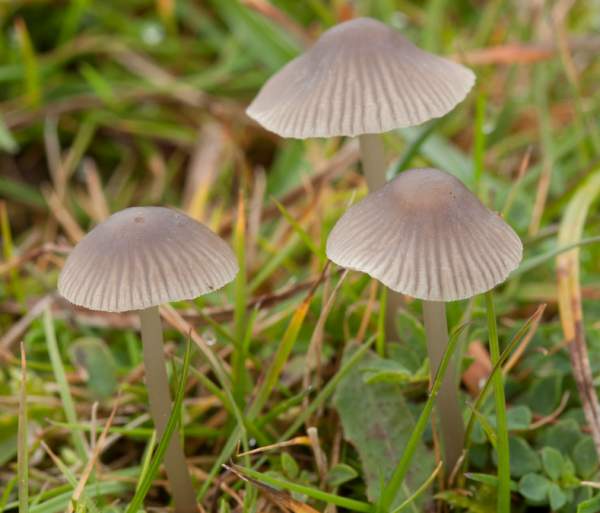
Reference Sources
Fascinated by Fungi, 2nd Edition, Pat O'Reilly 2016, reprinted by Coch-y-bonddu Books in 2022.
Penny Cullington, (Oct. 2013). British Mycenas - Brief Descriptions.
Giovanni Robich, (2003). Mycena d'Europa; Associazione Micologica Bresadola ; Vicenza : Fondazione Centro Studi Micologici.
British Mycological Society. English Names for Fungi
Dictionary of the Fungi; Paul M. Kirk, Paul F. Cannon, David W. Minter and J. A. Stalpers; CABI, 2008
Taxonomic history and synonym information on these pages is drawn from many sources but in particular from the British Mycological Society's GB Checklist of Fungi.
Acknowledgements
This page includes pictures kindly contributed by David Kelly.
Fascinated by Fungi. Back by popular demand, Pat O'Reilly's best-selling 450-page hardback book is available now. The latest second edition was republished with a sparkling new cover design in September 2022 by Coch-y-Bonddu Books. Full details and copies are available from the publisher's online bookshop...
